Lightning headphones: are they good? Do they have a future?
No 3.5mm jack on your iPhone? No problem
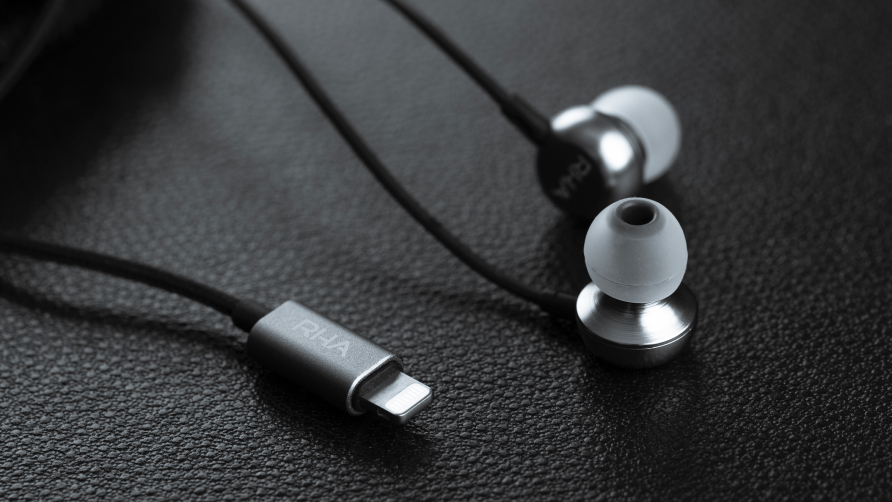
When Apple removed the traditional 3.5mm headphone jack from the iPhone 7 and the iPhone 7 Plus in 2016, it divided opinion. What was the point of removing the audio jack? And what's so good about the Lightning connection?
Six years on and some people still haven't forgiven them.
The lack of a 3.5mm jack on the Cupertino giant's following iterations of iPhone (namely the iPhone 8 and X series models) confirmed once and for all that Apple had cut ties with the once-ubiquitous audio connection.
Fast forward to 2022 and here we are, with the still-devoid-of 3.5mm iPhone 13 models, which sport just the Lightning port (and spoiler alert: they're all five-star phones).
It might be one of the last to do so, mind, following MEPs' 2020 vote in favour of a universal phone connection – and thus an end to Apple's proprietary Lightning connector, which is rumoured to be switched out next year for the iPhone 15.
So, what are the advantages (and disadvantages) of the Lightning connector? What iPhone headphones with Lightning connectors should you buy, if any? And what will its impending death mean for the market? Allow us to explain...
When did Apple introduce the Lightning port?
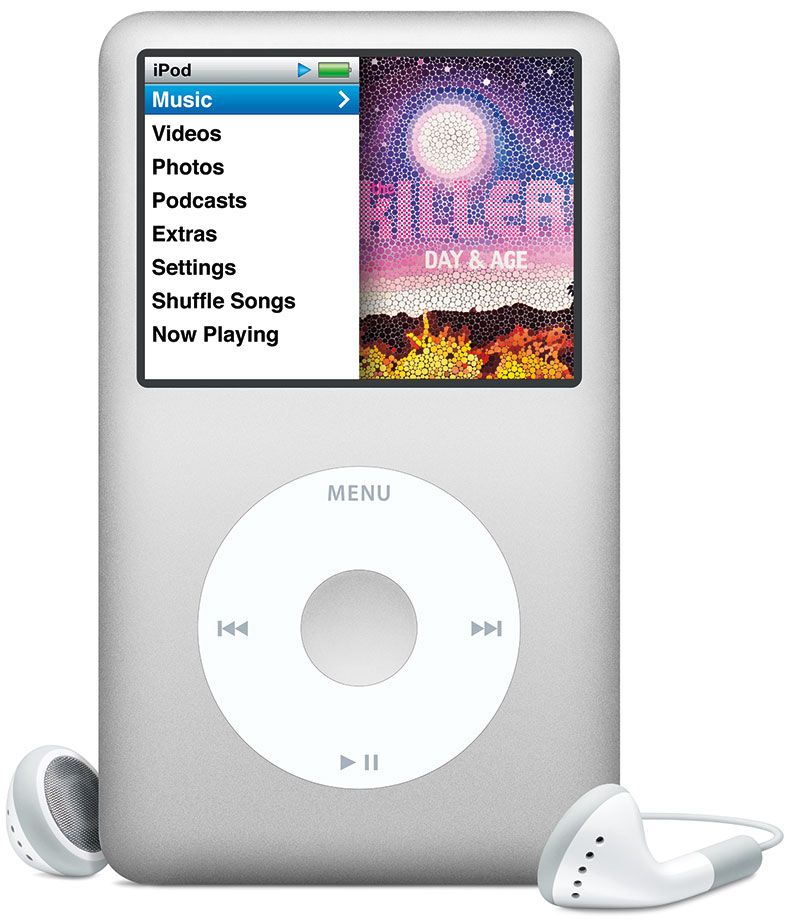
The Lightning port was first introduced with the iPhone 5 back in September 2012, replacing the 30-pin connector that had been used for charging on every previous iPhone and iPod – but its inclusion didn't do away with the 3.5mm jack for your headphones entirely.
The Lightning port's introduction meant the industry had to adapt overnight, most notably by releasing new speaker docks and accessories to accommodate the smaller connection. Apple released an adapter that allowed you still to use your 30-pin device, but only with a Lightning dock or speaker.
When Apple quietly killed off the iPod Classic in September 2014, it took with it the last Apple device using the company’s 30-pin connector.
Though it was a big story at the time, slowly but surely, everyone simply adjusted to the change.
Apple no doubt hoped the same adjustment would follow when the 3.5mm jack left the iPhone altogether with the iPhone 7 in September 2016. To help ease the pain for consumers with wired headphones, Apple provided a little Lightning to 3.5mm adapter in the box, too
But more recent versions of the iPhone have not only ditched the adapter but also omitted bundled EarPods and even a charger – iPhone 12 and 13 models come with just a USB-C to Lightning cable. This means you'll either have to buy an adapter, some EarPods, a pair of wireless headphones, or a set of Lightning headphones.
Why did Apple remove the 3.5mm headphone jack?
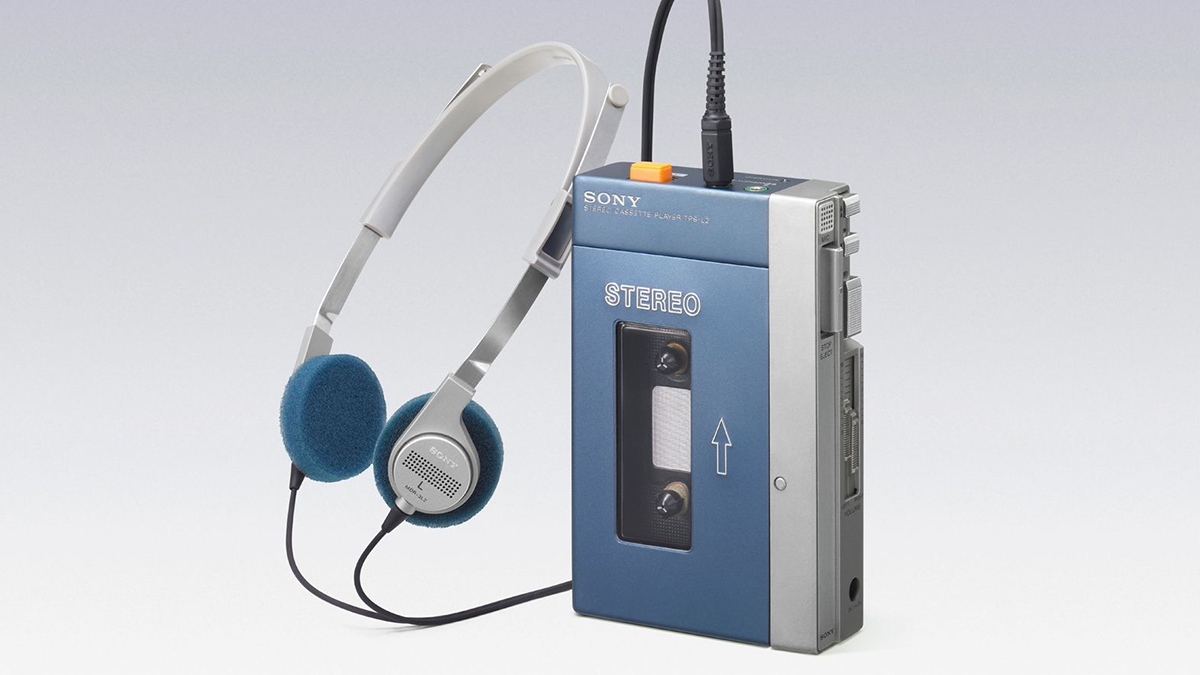
The 3.5mm headphone connector had been on portable devices since 1964 when it launched on the Sony EFM-117J radio. It subsequently became popular in 1979 with the release of the Sony Walkman.
It's worth noting that although the removal of the 3.5mm jack on the iPhone caused quite the furore, the original iPhone didn't have a headphone jack that worked for everyone, either.
Apple's inaugural 2007 iPhone did have a headphone jack (still a rarity for mobile phones at that time) but it was deep-set, meaning that not every pair of headphones was actually compatible. The audio port in the first generation iPhone was embedded a few millimeters into the top of the iPhone, with a round recess that was narrower than many existing headphone plugs. This presented three options: use the earbuds Apple included with your iPhone purchase (which did fit), try to whittle down the rubber on your existing headphone jack (you may laugh, but some readers are nodding sagely at the memory), or use a dongle.
Moving through the generations, one key benefit it was claimed could be achieved by removing the 3.5mm port altogether in 2016 was the chance to make the iPhone 7 thinner. But in fact, it was no thinner than the previous model – both the iPhone 7 and iPhone 6S measured 7.1mm.
One rumour that did prove true was that the space taken up by the headphone socket would make room for a second speaker. The iPhone 7 (and iPhone 8, 8 Plus, X, XR and XS) had stereo speakers, which Apple claimed could deliver much better sound when not using headphones.
Ultimately, Apple simply thought the 3.5mm headphone jack wasn't doing enough for the iPhone to justify its space – and, of course, it's a good excuse to get everyone to move towards Lightning.
Latterly, of course, wireless headphones have also been Lightning's main competition, and it's quite clear that for Apple (and nearly everyone else in the headphone manufacturing space, for that matter), wireless – and more so, 'true' wirelessness – is the way forward.
- The best wireless earbuds you can buy
- The best headphones deals live right now
Does the Lightning connection deliver better sound quality?
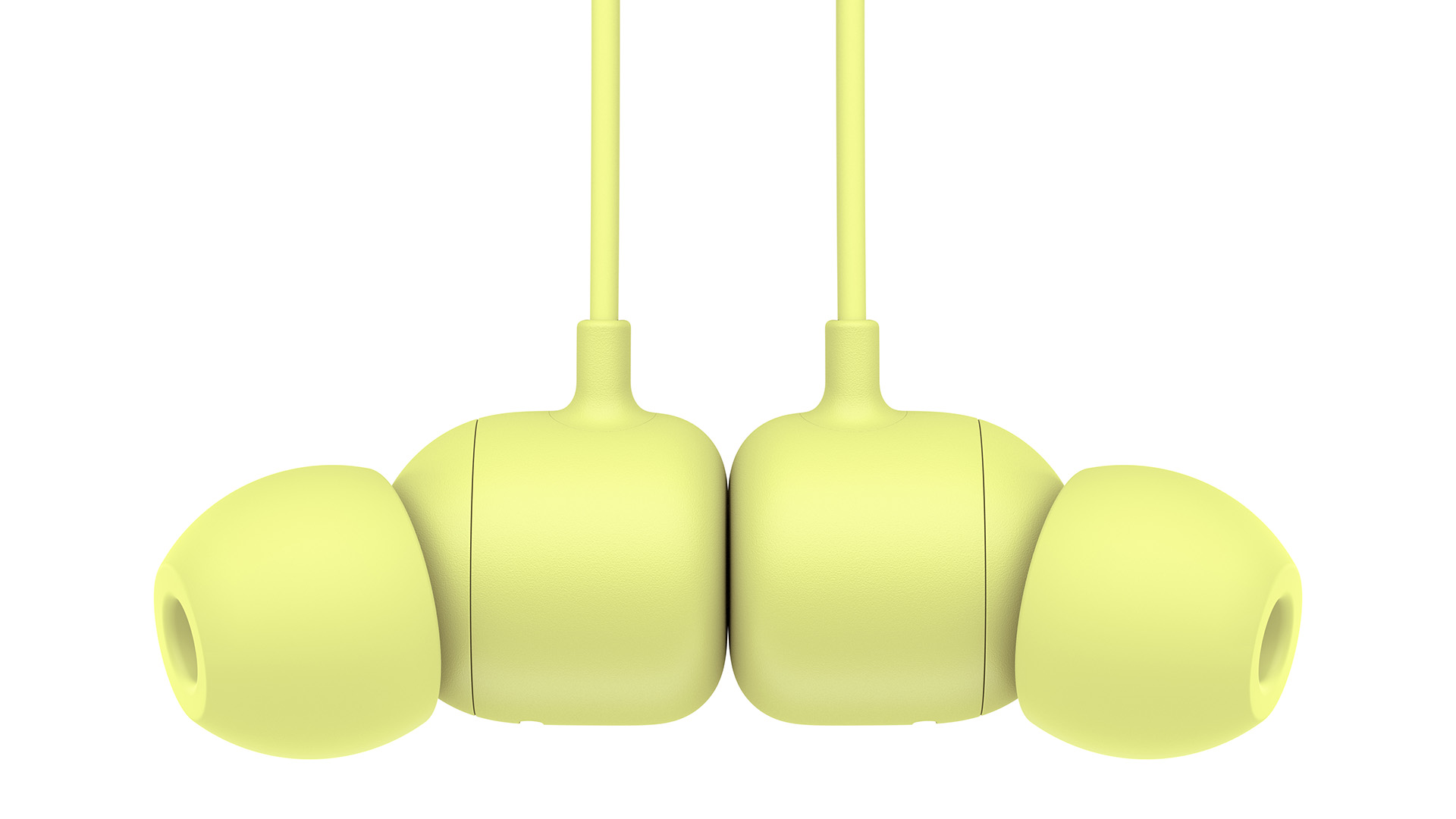
While we may have answered yes to this question in 2016, it's been a long time since the first truly wireless earbuds arrived in 2015, and the realms of audio tech within the burgeoning sector have improved dramatically.
Every iPhone we've tested to date has sounded incrementally better with each new iteration and – although a large part of that is down to the quality of the headphones you use with them – the iPhone 13 now supports Dolby Atmos and Apple’s own spatial audio processing, available to enjoy through the AirPods Pro, AirPods 3 and the AirPods Max, but not Lightning headphones.
Wireless earphones did tend to sound worse than similarly priced wired models, and while there is still a gap between the best wireless and wired pairs at the same price level, it has got a lot narrower in recent years.
That said, Lightning headphones, which take digital rather than analogue audio from your device, do have the potential to sound better than their analogue counterparts – but it's a closely-run race.
What Apple Lightning headphones are on the market?
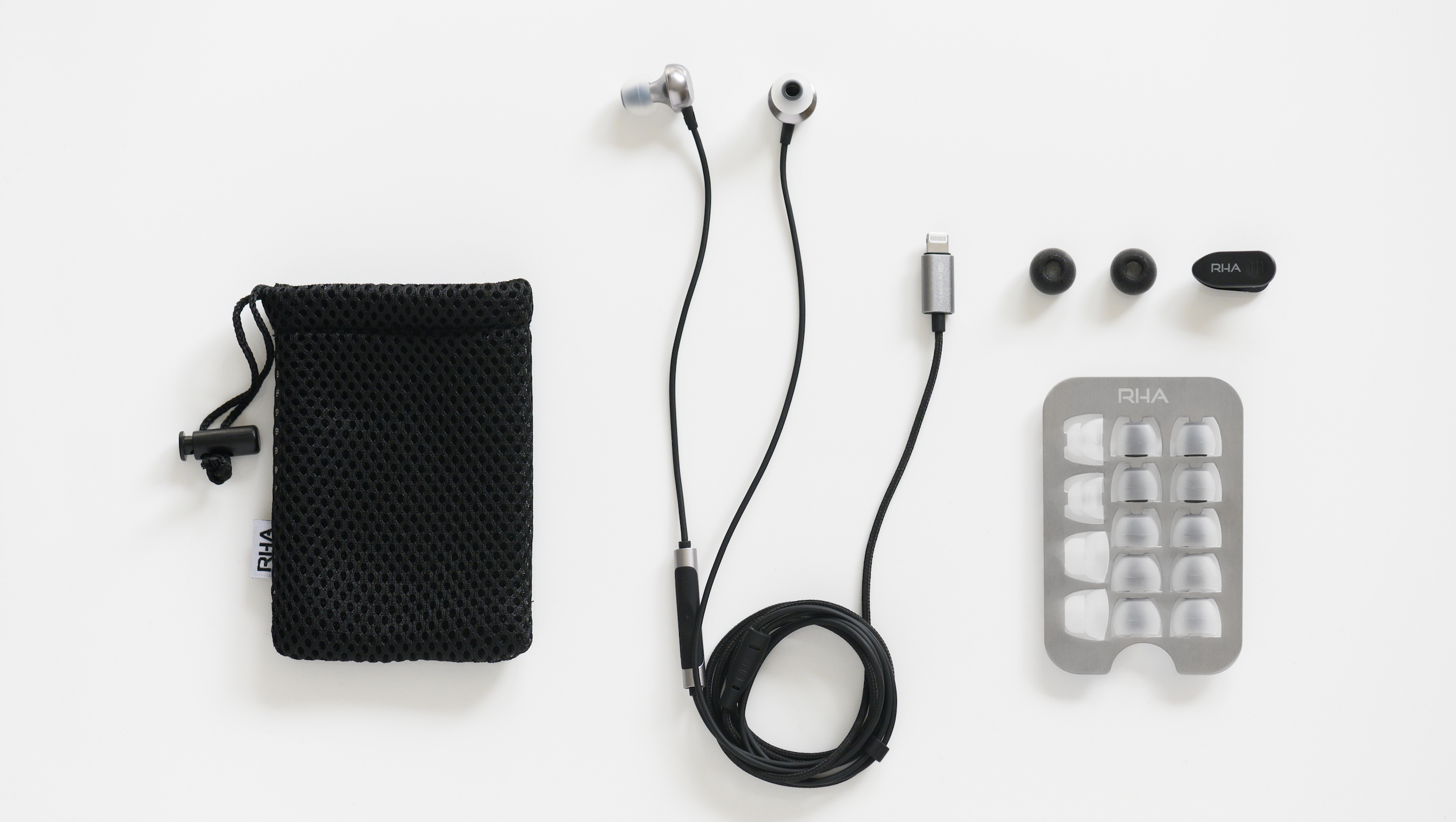
Since rumours of Apple's complete removal of the 3.5mm headphone jack started circulating, headphone manufacturers competed to release new Lightning and Bluetooth models.
Philips was ahead of the crowd when it released the great-sounding M2L headphones back in 2014, but since then, high-end headphone brand Audeze has released the on-ear Sine and over-ear EL-8 Titanium pairs. There's also the iSine 10 and 20 in-ears that come with a Lightning cable and the RHA MA650i – the company's first dedicated Lightning earphones.
But there are plenty more (and better) pairs of headphones that use the Lightning connection, such as Libratone's Q Adapt range of headphones (which also feature noise-cancelling), the JBL Reflect Aware, and the Pioneer Rayz headphones.
B&W's flagship Signature P9 wireless headphones also include a Lightning adapter in the box, while Beats (an Apple subsidiary since 2014) has a dedicated urBeats3 model with Lightning connector.
Want another unique suggestion? Beats also offers a joint effort with Tokyo-based fashion brand Ambush. Essentially, it's a glow-in-the-dark, Ambush-branded version of the Powerbeats wireless earbuds.
Ultimately, that post-2015 momentum for producing Lightning headphones has now well and truly waned, with fewer pairs being launched. That's not surprising considering the world has gone wireless, and rumours have circulated for a while now that Apple might ditch Lightning for USB-C in the near future. Most people who listen to their iPhone with wired headphones these days probably just use the Lightning-to-3.5mm adapter, even if it looks clunky.
What about wireless headphones for the iPhone 13?
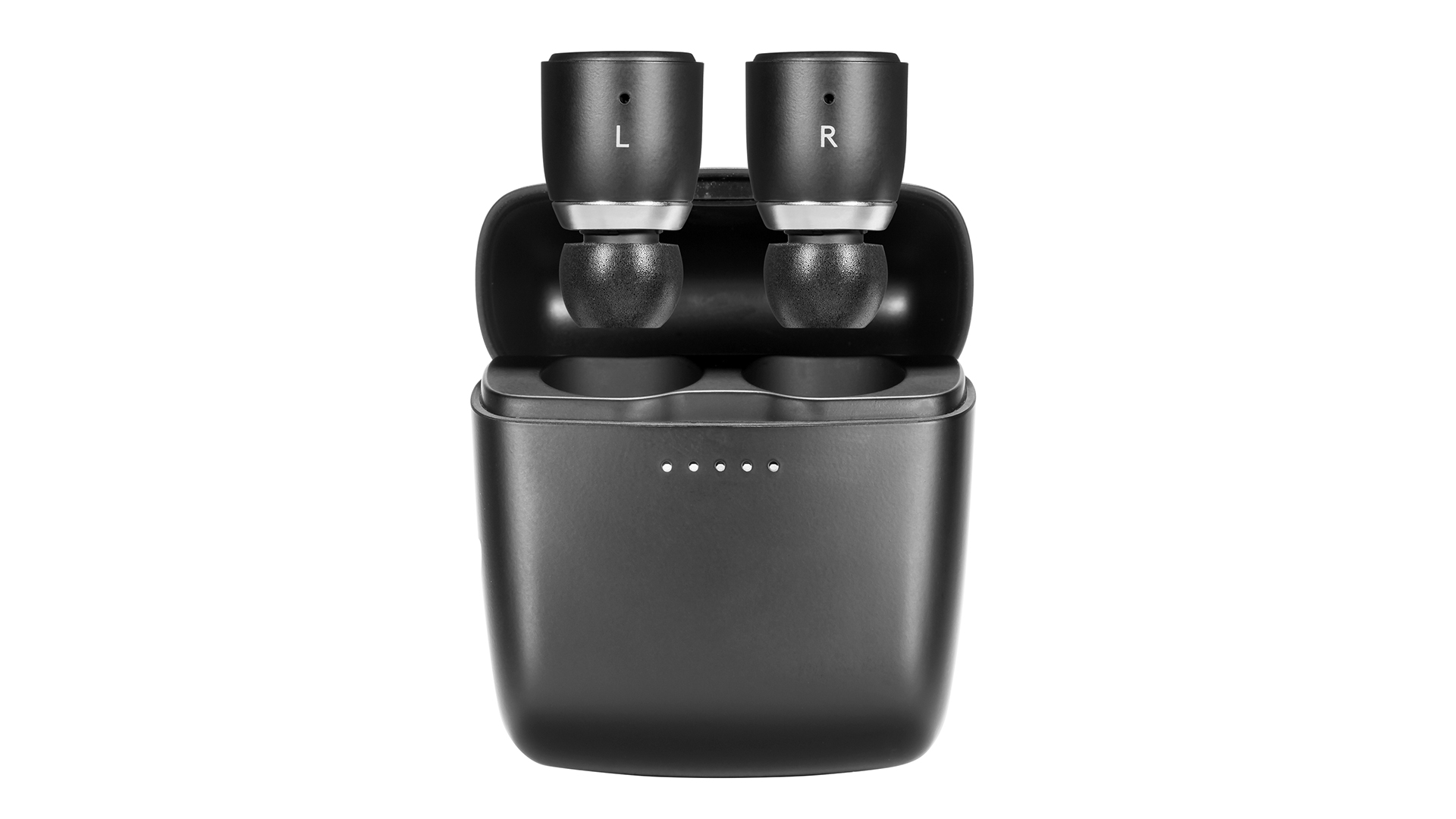
Of course, it's not just Lightning headphones that work with the very latest iPhones, but wireless Bluetooth pairs as well – and not just those from Apple.
There are plenty of excellent pairs on the market, such as the Award-winning Sony WF-1000XM4, Sennheiser Momentum True Wireless 3 and Panasonic RZ-S500W wireless earbuds and Sony WH-1000XM5, Sennheiser Momentum 3 Wireless and AirPods Max over-ear wireless headphones.
We weren't entirely enamoured by the looks or sound of the original AirPods, but the 2019 second-generation AirPods improved on the model's sonic performance by leaps and bounds, and initiated an explosion of AirPods alternatives arriving on the market daily. The AirPods 3 have made progress again recently too.
What are the disadvantages of Lightning headphones?
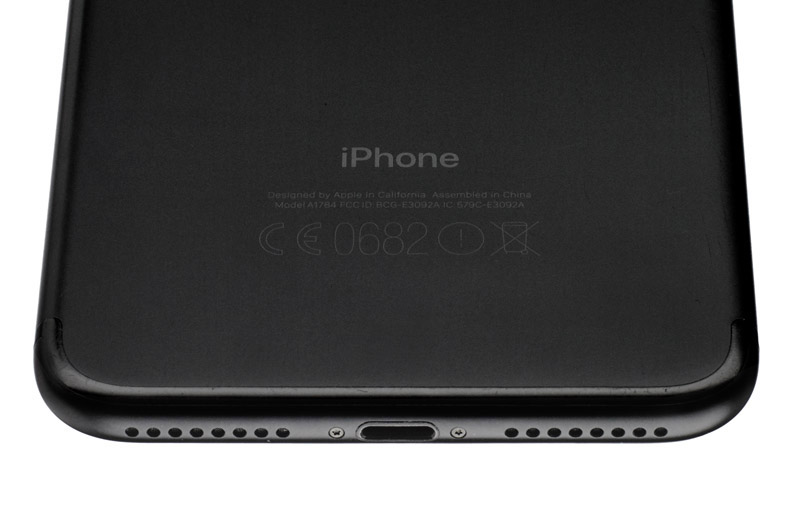
The most obvious problem we faced when ditching the 3.5mm headphone connection was that our existing headphones would no longer plug straight into our iPhones. Nor could we plug said iPhones straight into our system with a simple aux cord. This affected plenty of other accessories, too.
Apple provides a Lightning-to-3.5mm adapter (it no longer comes in the box with the purchase of an iPhone) but it doesn't look particularly neat – and is easily lost if disconnected and bundled in with your headphones on a road trip.
Listening to music with wired headphones while charging (both require the Lightning port) was no longer possible with the iPhone 7, but Apple addressed this issue for the iPhone 8 series and onwards by offering Qi-standard wireless charging.
There are plenty of Qi-certified charging pads available on the market, so you don't have to hope for the ball to start rolling on Apple's problematic – and currently stalled – AirPower charging system again, either.
Any active noise-cancelling headphones that draw power from your iPhone could reduce battery life, which hasn't been the strong point of some of Apple's most recent handsets.
Is the future Lightning?
Love it or hate it, there’s no ignoring the fact that Apple has a huge influence over the smartphone and portable audio market.
The iPhone 7 might have encouraged manufacturers to ditch the headphone jack, but it hasn't quite disappeared altogether. Google's Pixel 5a has it (though the Pixel 5 doesn't), for example, as do Sony's smartphones, including the Award-winning Sony Xperia 1 III.
But just like the 3.5mm headphone jack isn't the likely future of headphones, neither is the Lightning port. Rumour has it that Apple will swap Lightning for USB-C next year, with the switch materialising in the 2023 iPhone 15. After a decade of exclusively peddling its proprietary Lightning connection over USB-A, Micro USB and USB-C in its phone line-up, it seems Apple is having a change of heart – almost certainly in the face of European members of parliament voting to introduce a single charging connection for mobile phones to reduce electronic waste and consumer frustration. This year’s iPhone 14 models will reportedly retain Lightning, but we can't imagine many will happily spend money on Lightning headphones for them to be out of date for their next iPhone.
And after USB-C has run its course on iPhones and the Android handsets that've already adopted it, you have to believe the endgame for phone connections will be solely wireless and portless.
Get the What Hi-Fi? Newsletter
The latest hi-fi, home cinema and tech news, reviews, buying advice and deals, direct to your inbox.
Becky has been a full-time staff writer at What Hi-Fi? since March 2019. Prior to gaining her MA in Journalism in 2018, she freelanced as an arts critic alongside a 20-year career as a professional dancer and aerialist – any love of dance is of course tethered to a love of music. Becky has previously contributed to Stuff, FourFourTwo, This is Cabaret and The Stage. When not writing, she dances, spins in the air, drinks coffee, watches football or surfs in Cornwall with her other half – a football writer whose talent knows no bounds.
